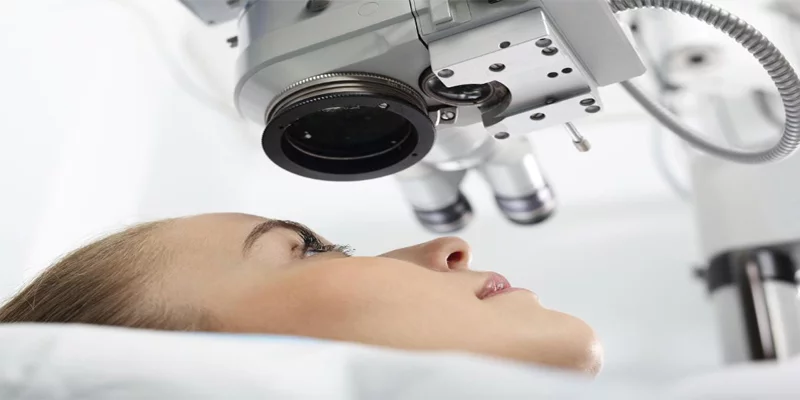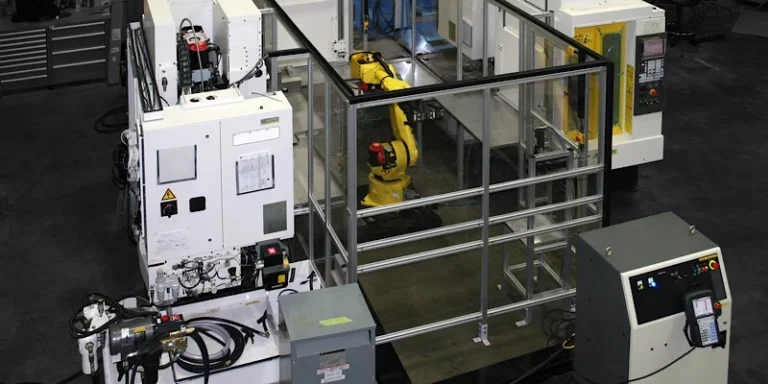The manufacturing of medical devices involves various procedures to ensure that these devices are produced or machined correctly to meet the standards established by relevant associations. This industry has faced heightened public scrutiny and costly recalls. The United States Food and Drug Administration (FDA), a health agency, classifies medical devices based on their associated risks. These risks encompass the procedures involved in medical device machining and the introduction of new products to the market.
Precision CNC Machining For Medical Device Machining
To create top-quality medical devices, selecting an appropriate machining procedure is crucial. One of the most precise methods available is CNC machining. This technique uses pre-programmed computer software to control machinery operations. Ensuring the right design and selecting suitable manufacturing equipment are also essential steps in producing high-quality devices. Medical device prototyping is fundamental to the overall design and production process. At AS Prototypes, we offer 5-axis CNC milling and turning to manufacture a wide range of medical devices. If you need assistance with your projects, you can email us at [email protected], and we will respond promptly.
Developing rapid samples of your health products allows you to evaluate the concept and make necessary improvements. The company you choose can assist in both developing and validating your idea. Many ideas fail to materialize because inventors are unsure of where to start or how to build their models. Utilizing medical rapid prototyping technology can help create a more accurate model.
Developing Device Prototype
Researchers begin by developing a device prototype, which serves as the initial model of a particular medical device. During this phase, the prototype is not intended for public use. Instead, the developed models are tested in a supervised laboratory environment. Refining the prototype provides researchers with crucial information about the potential consumer use of the product. This entire process aims to minimize the risk of harm to different users. However, it is important to note that eliminating all risks in the medical prototyping process is not possible.
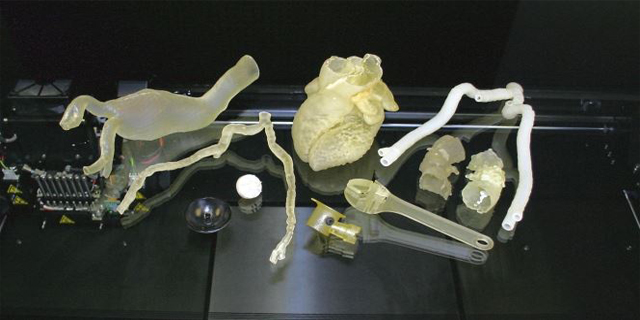
A working prototype is a crucial component of your product development process. This essential step allows you to gather feedback and assess your concept before bringing it to market. Prototypes also provide an opportunity to identify design flaws, make operational adjustments, and ensure proper performance before moving on to full-scale manufacturing.
A prototype can range from a simple mock-up to a complex 3D-printed model, enabling you to reduce risks associated with your product. In the production of medical devices, building, designing, and operationally testing prototypes are vital for future product development. Fortunately, cost-effective methods can produce a functional prototype for clinician evaluation. Manufacturers can assist you in determining the most suitable prototyping method for your product requirements, ensuring timely and budget-friendly results. Common medical devices that benefit from prototyping include biopsy tubes, cannulas, surgical scissors, and saw guides for bone surgery.
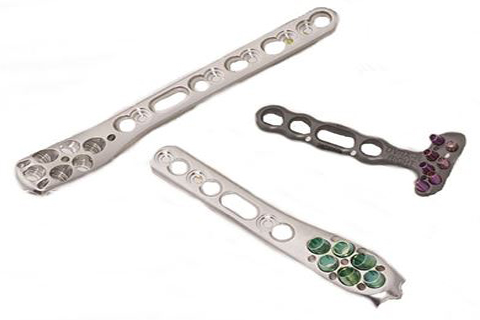
Medical device companies have access to a variety of materials for producing clinical prototypes, including titanium, steel, nylon, and polyurethane. While the choice of material largely depends on the specific device, there are several key factors to consider when selecting and characterizing a material. At some stage, it may become necessary to franchise your device prototype. When securing copyright for your device, it is crucial to protect any potential alternatives that could be used to replicate the original material. Some of the most common manufacturing processes for medical devices include injection molding, electro-discharge machining, and extrusion.
1.Extrusion
This continuous production process involves straining silicone rubber through a die to achieve the desired shape, followed by curing. The necessary pressure is generated by a screw, which standardizes, compacts, and extrudes the material. This method is commonly used to produce tubing for pharmaceutical and medical applications. The tubing undergoes these processes and is then properly wrapped to ensure it remains uncontaminated until it reaches the cleanroom, thereby guaranteeing customer satisfaction.
2.Injection Molding
Injection molding is currently the most popular and effective method for manufacturing large quantities of silicone products with consistently high quality. Silicone rubber grades from various manufacturers can be utilized to produce items such as valves, seals, and membranes. The entire process is fully computerized and does not require any post-processing, even for components with the most complex geometries.
3.Electro-Discharge Machining
Electrical discharge machining (EDM) is a specialized process used to create parts and components from conductive materials that are difficult to machine using conventional methods due to their hardness and the precision required. This technique is highly applicable across various fields but is particularly valuable for producing molds, prototypes, and dies, thanks to its ability to slice extremely accurate pieces and cut through hard materials such as carbide, titanium, Inconel, Kovar, and hardened steel.
The medical industry heavily relies on EDM for the manufacturing of medical devices, as it allows for precise cutting and shaping of complex components. Additionally, EDM is useful for removing broken drills and other fragments from cavities, further showcasing its versatility and importance in medical device production.
Choosing The Right Medical Machining Equipment
Selecting the right medical machining equipment is essential for producing high-quality devices. The choice of equipment largely depends on its intended use and the material being machined. One of the primary considerations should be the machine’s capability to produce a high volume of devices. CNC machines are particularly advantageous in this regard, as they can consistently replicate the same design over time with minimal human intervention. This ensures uniformity and precision in the production process, making CNC machines an excellent choice for manufacturing medical devices.
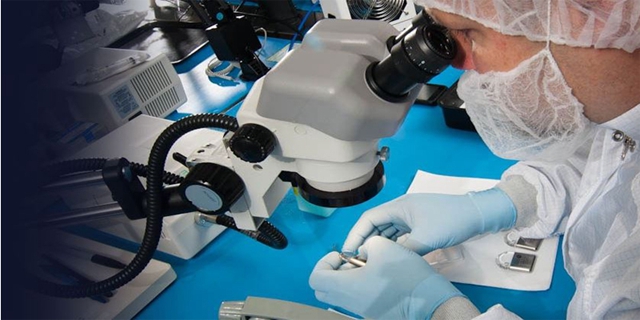
You should also consider the type of technology used in the machining equipment you select. Laser technology is crucial in the production of medical devices, as it allows for numerous adjustments that enhance the accuracy of each device. Waterjet technology is also important for cutting, drilling, and surface development, providing precision and versatility in the manufacturing process.
At AS Prototypes, we offer timely and effective custom machining capabilities for medical device components. You can get a quote by contacting us at [email protected].

